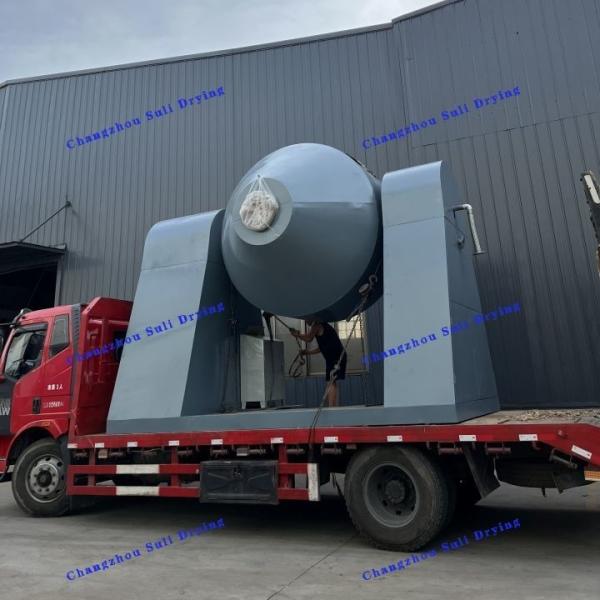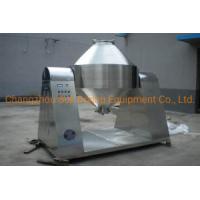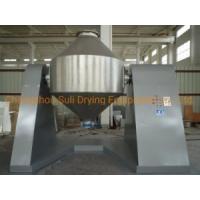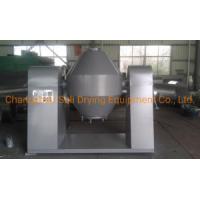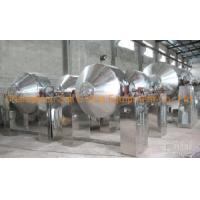Project description:
Lithium iron phosphate electrode materials are mainly used in
various lithium-ion batteries. Compared with traditional
lithium-ion secondary battery positive electrode materials, the
material source is wider, the price is lower and there is no
environmental pollution. The application areas of lithium iron
phosphate are mainly: energy storage equipment, energy storage
equipment for solar and wind power generation systems; power tools,
high-power power tools (cordless), electric drills, lawn mowers,
etc.; light electric vehicles; small equipment, etc.
1. Principle of lithium iron phosphate dryer
The double-cone rotary vacuum dryer is a double-cone rotary tank.
In the vacuum state, steam or hot water is introduced into the
jacket for heating. The heat contacts the wet material through the
inner wall of the tank. The water vapor evaporated by the wet
material after absorbing heat is pumped away through the vacuum
exhaust pipe by the vacuum pump. Since the tank is in a vacuum
state and the rotation of the tank makes the material constantly
flip up and down and inside and outside, the drying speed of the
material is accelerated, the drying efficiency is improved, and the
purpose of uniform drying is achieved. The double cone rotary
vacuum dryer system is mainly composed of double cone rotary vacuum
dryer, condenser, dust collector, vacuum exhaust system, heating
system, cooling system, electronic control system, etc.
2. Features of lithium iron phosphate dryer
1. During the vacuum drying process, the pressure in the cylinder
is always lower than the atmospheric pressure, the number of gas
molecules is small, the density is low, and the oxygen content is
low, so it can dry easily oxidized drugs and reduce the chance of
material contamination.
2. Since the temperature of moisture is proportional to the steam
pressure during the vaporization process, the moisture in the
material can be vaporized at low temperature during vacuum drying
to achieve low-temperature drying, which is particularly suitable
for the production of drugs with heat-sensitive materials.
3. Vacuum drying can eliminate the surface hardening phenomenon
that is easy to occur during normal pressure hot air drying. This
is because the pressure difference between the inside and the
surface of the vacuum drying material is large. Under the action of
the pressure gradient, the moisture quickly moves to the surface
and no surface hardening occurs.
4. Since the temperature gradient between the inside and outside of
the material is small during vacuum drying, the reverse osmosis
effect allows the moisture to move and collect alone, effectively
overcoming the dispersion phenomenon caused by hot air drying.



